


Kilmartin Glen is an area in Argyll that has one of the most important concentrations of Neolithic and Bronze Age remains in Scotland. The glen is located between Oban and Lochgilphead, surrounding the village of Kilmartin. A recent visit in September happened to be a sunny day on this year's autumnal equinox.
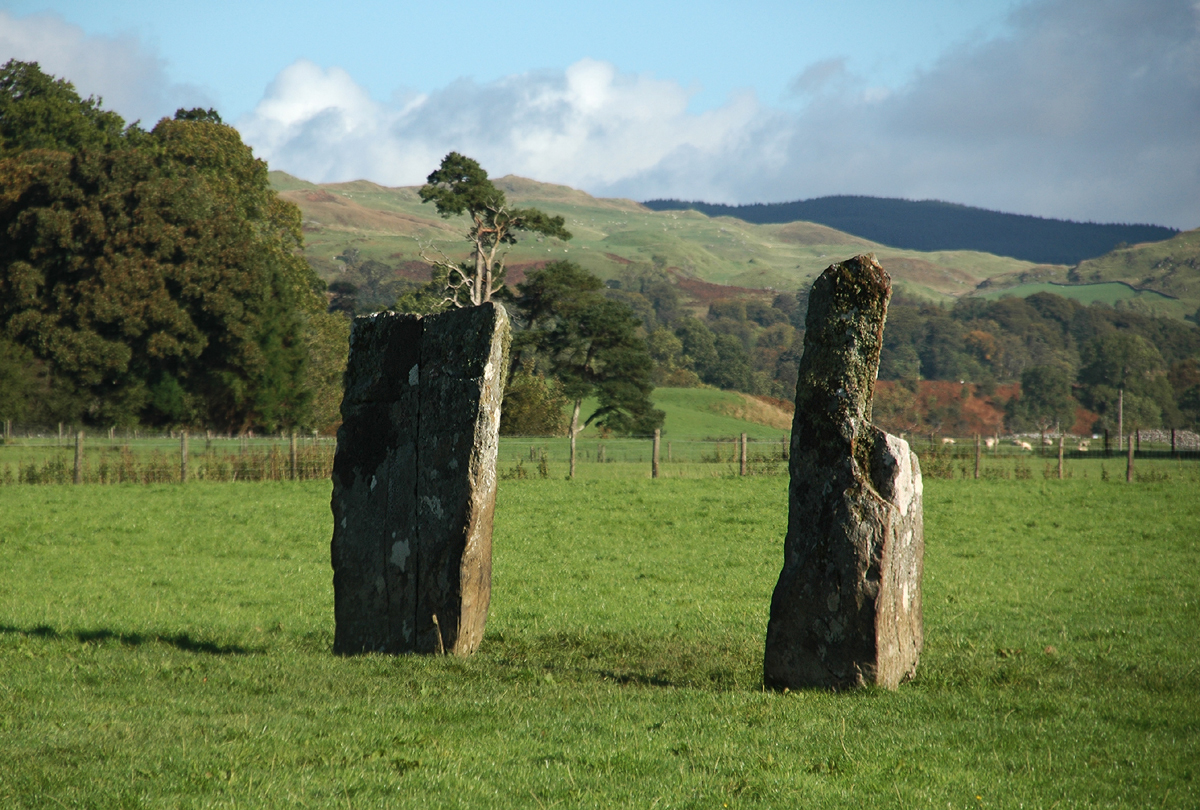
One pair of the Nether Largie standing stones.
The glen exhibits some 5,000 years of occupation. There are 150 prehistoric monuments; standing stones, a henge monument, numerous cists, and a linear cemetery comprising five burial cairns. Several of these, as well as many natural rocks, are decorated with cup and ring marks.
Kilmartin Glen in Argyll - one of the most important concentrations of Neolithic & Bronze Age remains in #Scotlandhttps://t.co/Di1zwiMDK2 pic.twitter.com/hFYftcEDnZ
— Bradshaw Foundation (@BradshawFND) October 10, 2016
A single menhir of the Nether Largie standing stones.
Cairns - the most visible feature of the Kilmartin Glen is the linear arrangement of cairns, running over three miles south-by-south-west from the village. There are five remaining cairns in the alignment, although cropmarks and other traces suggest that there may originally have been more. The burial cairns are of Bronze Age origin, with the exception of Nether Largie South cairn, which is a Stone Age structure, rebuilt in the Bronze Age.
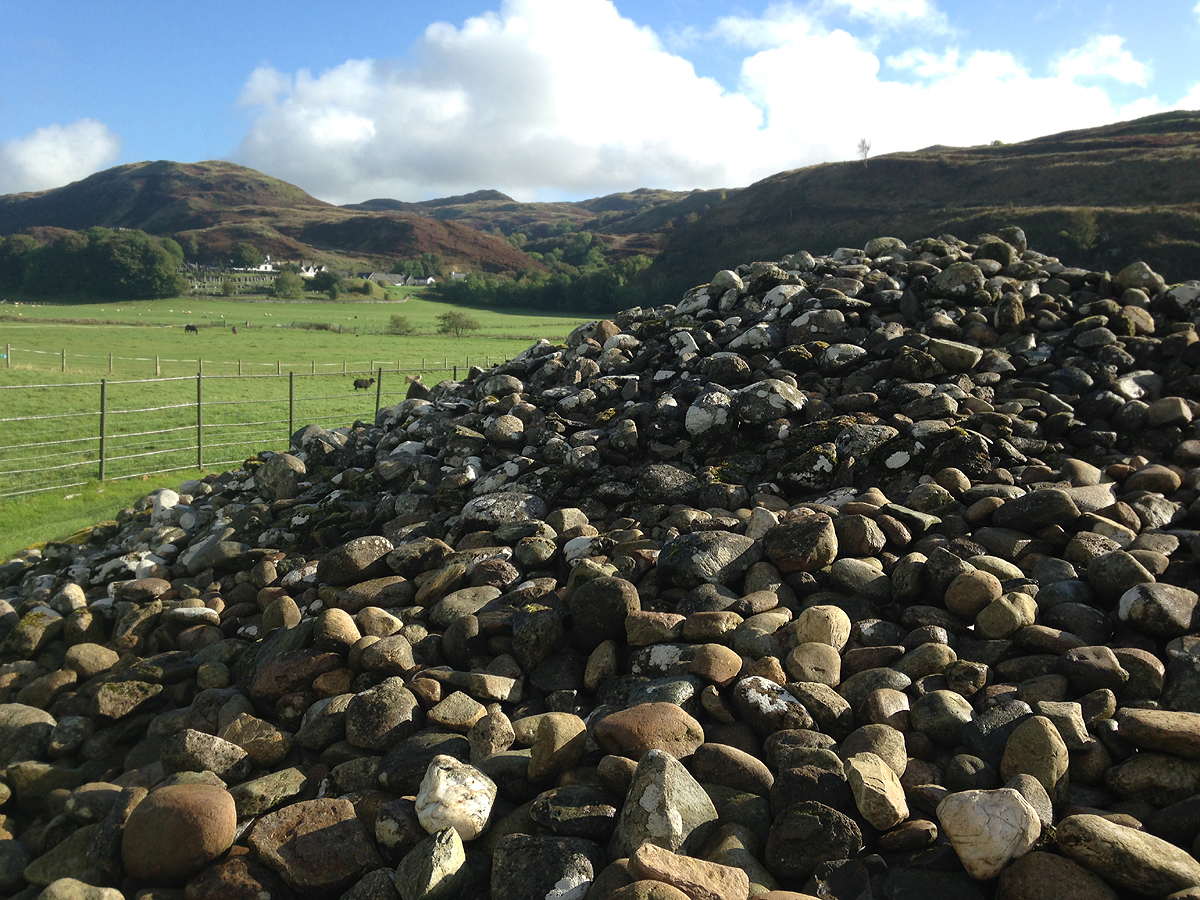
Standing stones - the Nether Largie standing stones are composed of four menhirs, arranged in pairs and roughly 70 metres apart.
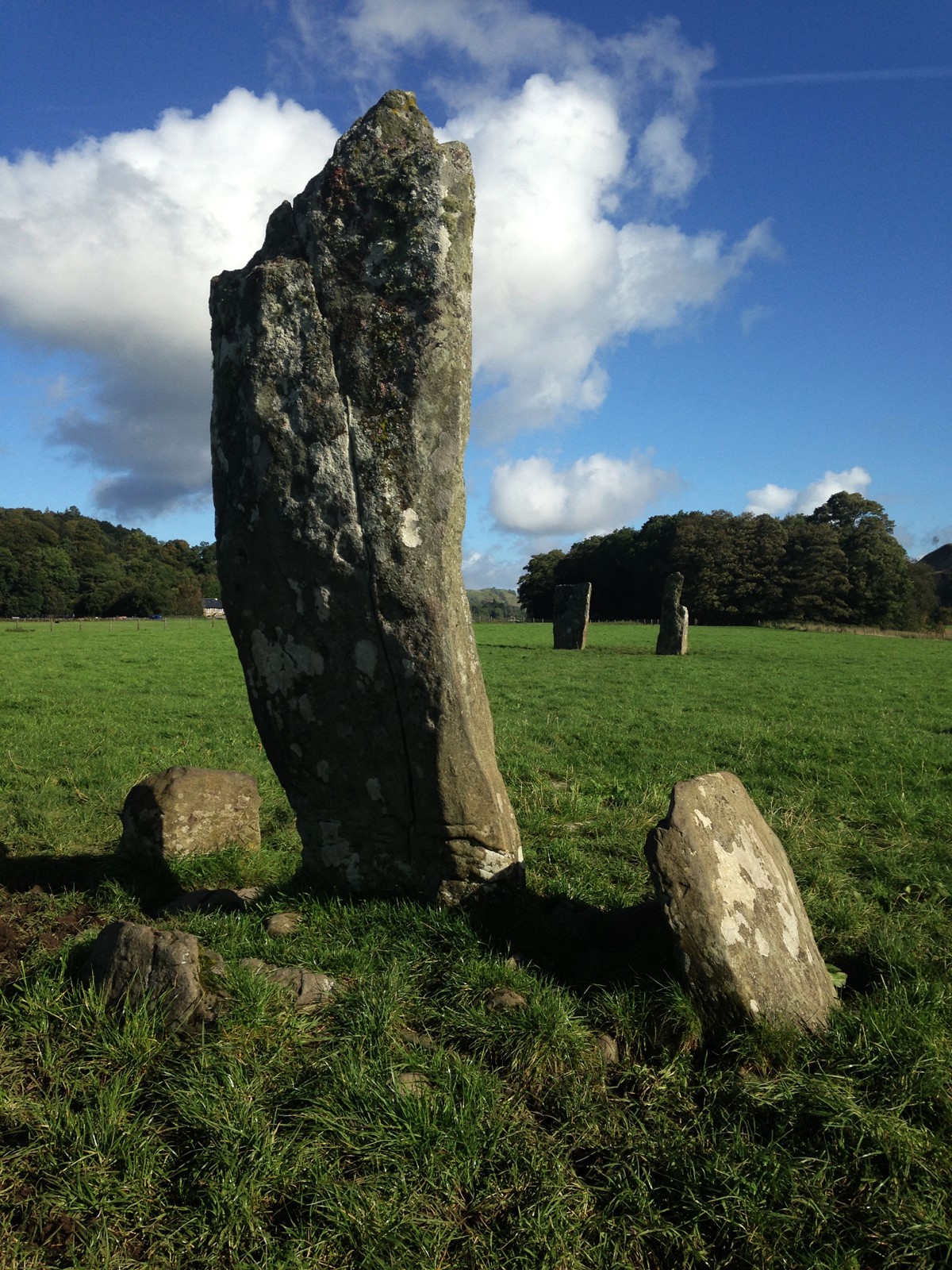
There stands a single menhir in the middle (above), around which are seven smaller stones and one fallen one. Another menhir is one hundred metres to the northwest.
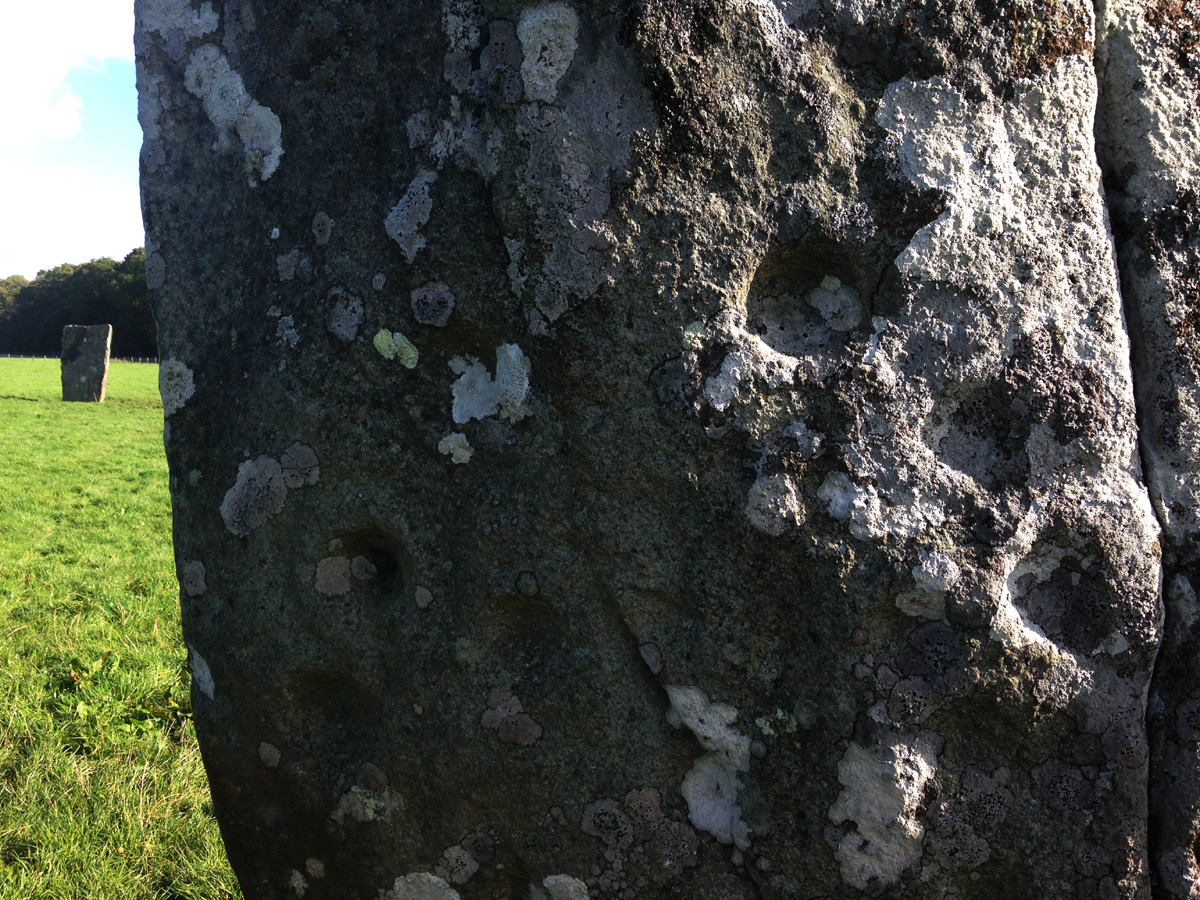
Some argue that the Nether Largie standing stones was a lunar observatory with the stones deliberately orientated on the occurence of astronomical phenomena. This has not been proven.
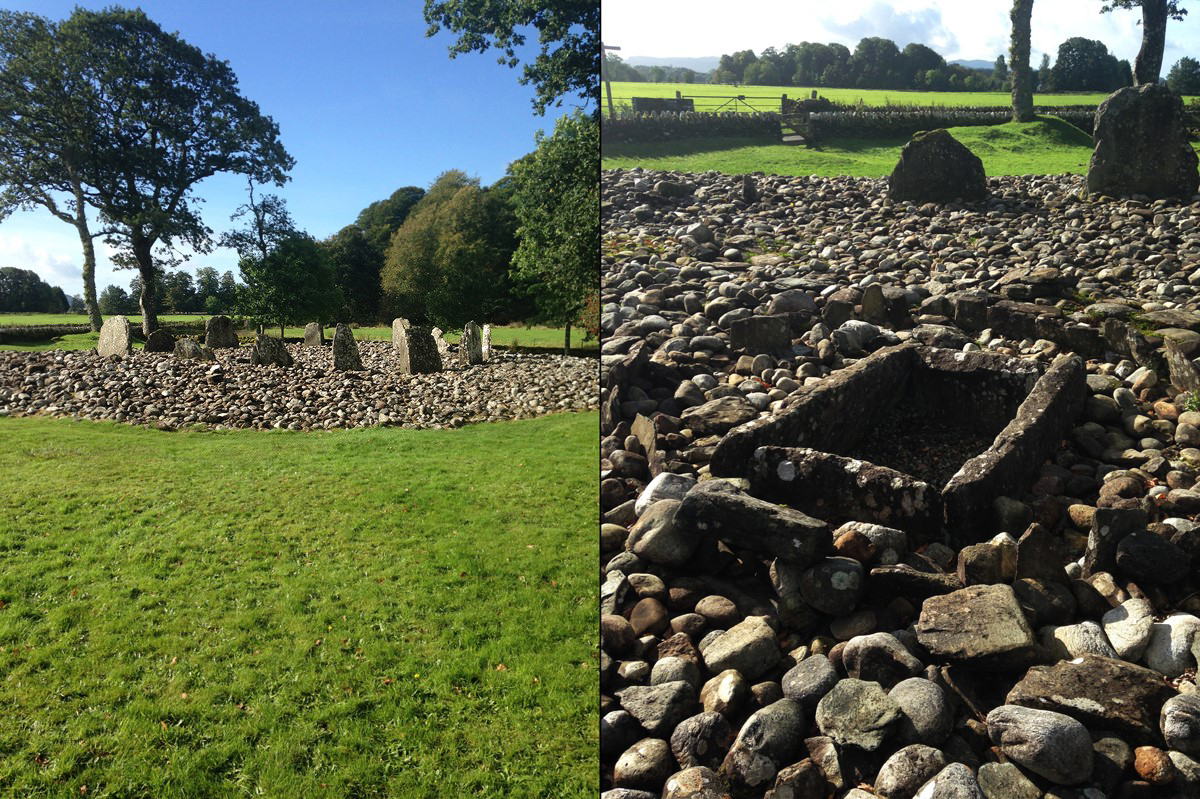
Temple Wood - a stone circle (above) with a cairn at the centre. It is close to the Nether Largie stones. The site is surrounded by trees planted in Victorian times .
Kilmartin Glen's concentration of Neolithic and Bronze Age remains is a delight to explore. It is an excellent example of a well-conserved and well-managed site. Information is evident but unobtrusive. The Kilmartin Museum in the village is highly recommended.
Peter Robinson, Editor. September 2016.
Visit the British Isles Prehistory Archive:
http://www.bradshawfoundation.com/british_isles_prehistory_archive/index.php
by Bradshaw Foundation
Monday 04 December 2023
by Bradshaw Foundation
Friday 30 June 2023
by Bradshaw Foundation
Thursday 06 April 2023
by Bradshaw Foundation
Thursday 24 November 2022
by Bradshaw Foundation
Tuesday 27 September 2022
by Bradshaw Foundation
Thursday 08 September 2022
by Bradshaw Foundation
Tuesday 19 July 2022
by Bradshaw Foundation
Monday 06 June 2022
by Bradshaw Foundation
Friday 11 March 2022
by Bradshaw Foundation
Wednesday 02 March 2022
by Bradshaw Foundation
Thursday 26 August 2021
by Bradshaw Foundation
Monday 16 August 2021
by Bradshaw Foundation
Tuesday 06 July 2021
by Bradshaw Foundation
Thursday 06 May 2021
by Bradshaw Foundation
Thursday 06 May 2021
by Bradshaw Foundation
Tuesday 16 March 2021
by Bradshaw Foundation
Monday 04 December 2023
by Bradshaw Foundation
Friday 30 June 2023
by Bradshaw Foundation
Thursday 06 April 2023
by Bradshaw Foundation
Thursday 24 November 2022
by Bradshaw Foundation
Tuesday 27 September 2022
by Bradshaw Foundation
Thursday 08 September 2022
by Bradshaw Foundation
Tuesday 19 July 2022
by Bradshaw Foundation
Monday 06 June 2022
by Bradshaw Foundation
Friday 11 March 2022
by Bradshaw Foundation
Wednesday 02 March 2022
by Bradshaw Foundation
Thursday 26 August 2021
by Bradshaw Foundation
Monday 16 August 2021
by Bradshaw Foundation
Tuesday 06 July 2021
by Bradshaw Foundation
Thursday 06 May 2021
by Bradshaw Foundation
Thursday 06 May 2021
by Bradshaw Foundation
Tuesday 16 March 2021
Friend of the Foundation











